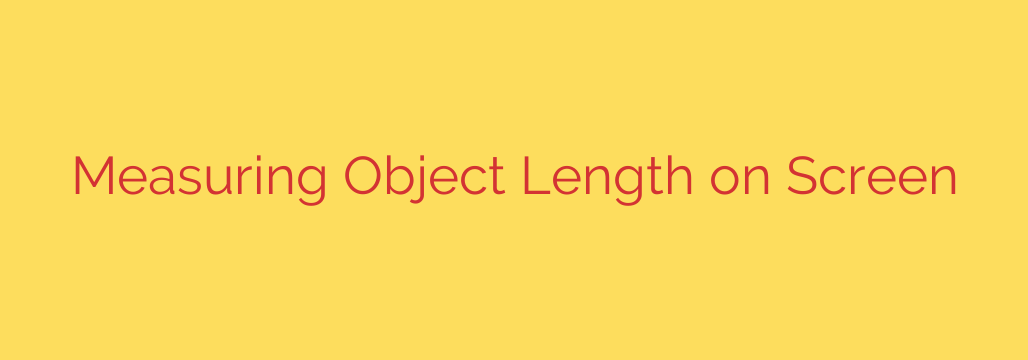
Determining the actual size of objects displayed on a screen presents a unique challenge, as their representation relies on digital pixels. To translate these digital units into tangible measurements like inches or centimeters, a crucial step known as calibration is required.
This process involves establishing a precise relationship between the number of pixels and a known real-world distance. The simplest method involves displaying an object or ruler of a known size on the screen and measuring its corresponding dimension in pixels. This measurement then allows you to calculate a scaling factor, often expressed as pixels per unit (like pixels per inch or PPI).
Understanding the screen’s inherent characteristics is vital. Screen resolution and pixel density (PPI) significantly impact how large objects appear. A higher PPI means more pixels are packed into each inch, potentially making objects appear smaller on a given screen size compared to a screen with lower PPI at the same resolution.
Once the scaling factor is determined through calibration, you can measure the pixel dimensions of any object displayed on that specific screen and convert them into real-world units using the calculated factor. For example, if you find there are 100 pixels per inch after calibration, an object measuring 500 pixels on screen would equate to 5 inches in reality.
It’s important to note that this method provides an estimate. Factors like viewing distance, perspective, and the accuracy of the initial calibration object can introduce variances. However, for many applications requiring approximate measurements from screen visuals, calibrating the display provides a practical and effective solution for converting pixel measurements into real-world lengths.
Source: https://www.linuxlinks.com/length-measures-objects-screen/








